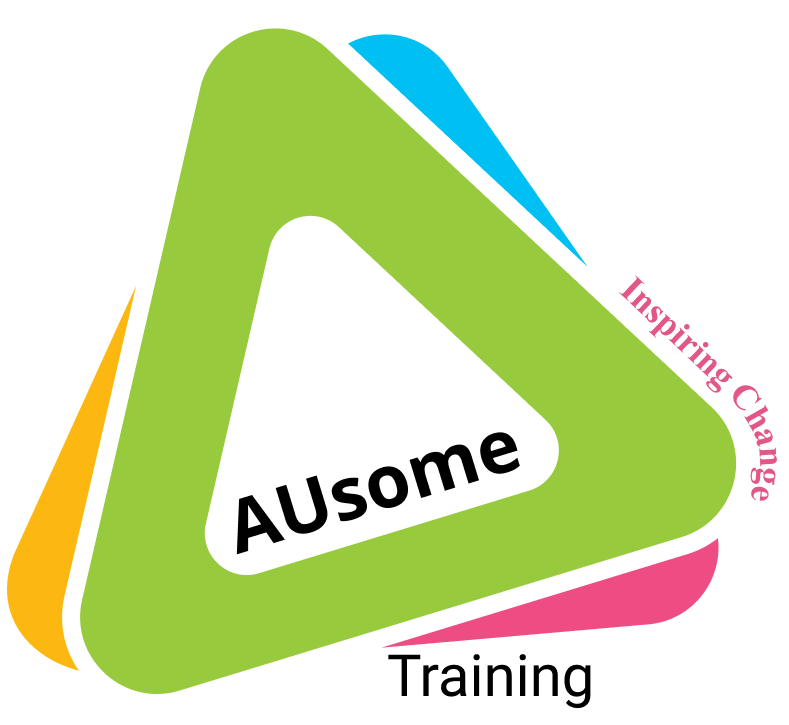Ehlers Danlos Syndromes is a common connective tissue disorder which co-occurs in Autistic kids and adults, it’s particularly common in girls and women. Research shows that the prevalence of EDS is seven times higher in the Autistic population than in the general public.
Ehlers Danlos Syndromes and Autism
EDS (previously JHS, Joint Hypermobility syndrome) and HSD are heritable disorders that affect the connective tissue found throughout the body. People with these conditions have connective tissue which is defective but each person can present differently, from being asymptomatic to severely disabled. Connective tissues can be thought of as the cement between bricks holding up a house. Some of the cement is in the right proportions, but some is not, therefore too weak or crumbly to support the building. If the cement is weak that is likely to affect other parts of the building e.g. the electrics and waterworks.
There are around 14 types of EDS, most common is hypermobile EDS (hEDS) and has no genetic test. They are thought to be rare disorders but it is difficult to say how rare as sufferers are often not believed and can go undiagnosed.
“Often ideas of being ‘double jointed’ come up, however the symptoms of EDS/HSD are much broader and can impact on children’s physical, emotional and psychological development. Pupils may extend their limbs much further than average, dislocating or spraining without previous trauma, and they sometimes do not present as acutely in pain. /HSD are much broader and can impact on children’s physical, emotional and psychological development. Pupils may extend their limbs much further than average, dislocating or spraining without previous trauma, and they sometimes do not present as acutely in pain.” Jane Green
Jane Green and Nikki Hughes are Autistic women who were diagnosed with Ehlers Danlos Syndrome in adulthood. They share their difficult journeys to diagnosis. They give us the signs to recognise which is useful for teachers, parents, professionals and Autistic women, and advice on how to go about a diagnosis.

High Rates of Ehlers Danlos Syndromes and Autism
As the rates of hypermobility and Ehlers Danlos Syndrome are so high in Autistic kids and adults it’s important that people are aware of it. While it is not curable it is treatable and early detection is the key to that treatment.
Length: 2 hours 10 mins
Access: Once you purchase the webinar you’ll be sent an email with your account details. The webinar will be available to you to watch whenever you want to. You can also rewatch it as often as you like.



